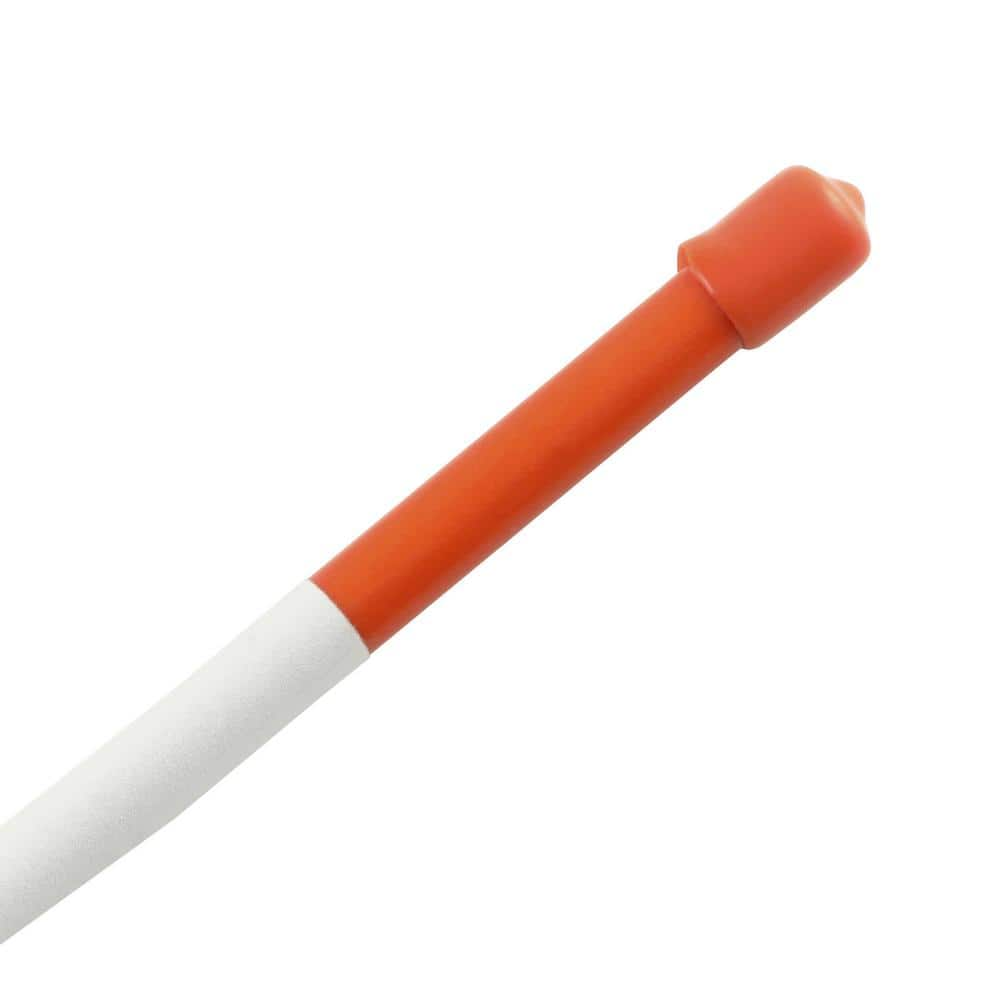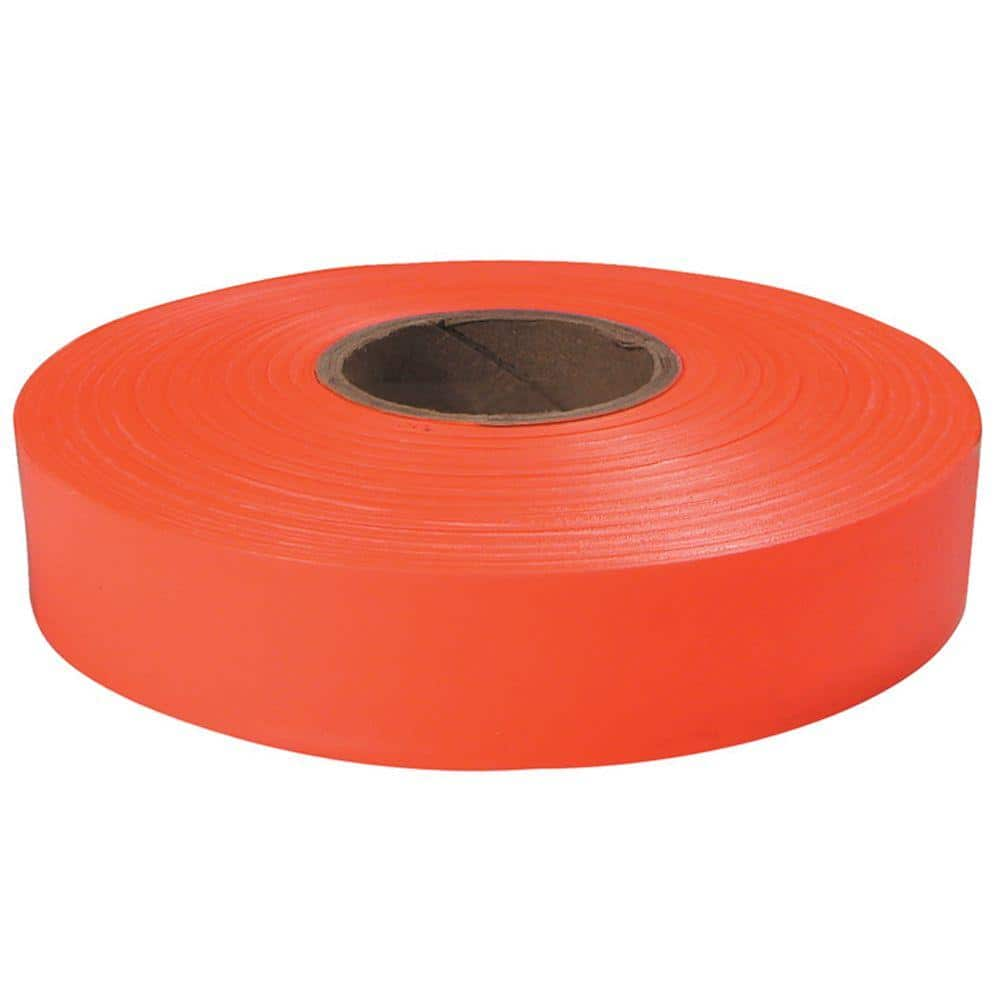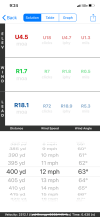Currently I use Shooter and Hornady 4DOF.
When both are fed the same inputs, they both put out the same data.
Recently, I've found a place to shoot ~400-420 yds or so. My guns are zero'd at 100 yds.
What I've noticed is that I am repeatedly impacting high on the target after dialing up. Typically 1/2 to 1 MOA difference in impact vs dialed. As an example, my Shooter app may say to dial up 5.5 MOA but actually 4.5 MOA gets the bullet close to point of aim.
So far, everything we've shot (myself, my brother and a friend) have all been high on impact. The closest one yet was my 30 Nosler #1, which impacted only 2" high at 406 yds.
This includes a 6mm ARC, 300 RUM, 30 Nosler, 300 WM, 28 Nosler.
My brother's 300 RUM was calling for 4.5 MOA up. Reality was it only needed 4 MOA up.
The 6mm ARC was calling for 5.5 MOA up, but only needed 5 MOA.
A 300 Win Mag called for 5.5 MOA up but only needed 4.5 MOA up.
I've looked closing at my data inputs, and scratching my head as to why. Everything seems correct. Conditions are input correctly, Gun specifics are correct, load fps is as accurate as my Chrony can be.
I even make sure my actual zero is input correctly as well, as both Shooter & H4DOF allow that.
I'm certain I'm doing something wrong, just not sure what.

If I do the velocity calibration for the 300 WM for example, it says I'm pushing a Berger 190 VLDH at 3273 fps which is insane. Chrony shows 3093 fps average for the load from a 26" barrel.
At 400 yds it's still off a bit, and at farther distances would only get worse.



